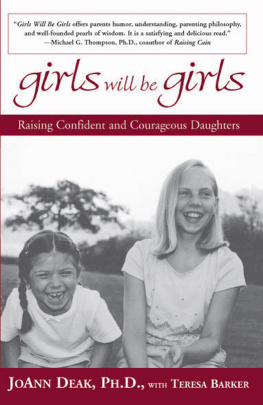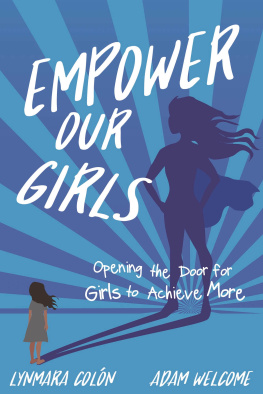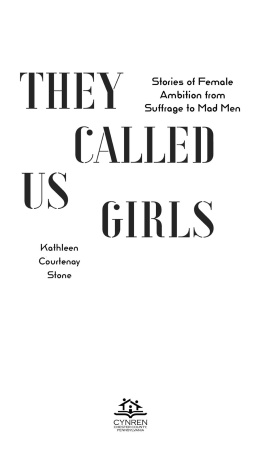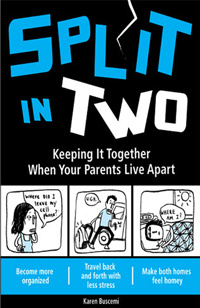Ashley E. Remer is the founder and Head Girl of Girl Museumthe first and only museum in the world dedicated to celebrating girlhood. She holds a first-class MA in the History and Criticism of Art from the University of Auckland. For over two decades, Ashley has worked as an art historian, curator, writer, and editor internationally. She has collaborated with artists, NGOs, scholars, educators, and girls across the globe showcasing girl culture to raise awareness and promote social change. Her research focuses on girlhood in various local and global contexts. Ashley has written numerous articles and book chapters, including Sites of Girlhood: A Global Memory Project in Feminist Pedagogies: Museums, Memory Sites and Practices of Remembrance (October 2019), Lesson Object as Object Lesson: The Embroidery Sampler in the Journal of the History of Childhood and Youth (Fall 2019), and co-authored Girl Museum: Using the Digital to Showcase Feminism in Cultural Heritage in Feminism and Museums: Intervention, Disruption and Change (MuseumsEtc Ltd., 2017). She is currently working on her PhD at the Australian National University and is the co-chair of the Girls History and Culture Network with the Society for the History of Children and Youth (SHCY).
Tiffany R. Isselhardt serves as Girl Museums program developer, where she oversees exhibitions, podcasts, community outreach, and social media. She holds a Masters in Public History from Appalachian State University, and has worked with the Hickory Ridge Living History Museum, Blowing Rock Art and History Museum, Theodore Roosevelt Center, Museum Hack, and the Kentucky Museum at Western Kentucky University. Her research focuses on uncovering the hidden history of girls in order to advocate for gender equality, and how museums can better interpret and provide programming inclusive of girls unique history and culture. Her publications include contributions to Women in American History: A Social, Political, and Cultural Encyclopedia (2017), The Museum Blog Book (2017), and co-authoring Girl Museum: Using the Digital to Showcase Feminism in Cultural Heritage in Feminism and Museums: Intervention, Disruption and Change (2017). She has presented on girlhood at several conferences, including the International Girl Studies Association and the National Council on Public History, and enjoys working at the intersections of history, material culture, and girl studies.
T his book was driven by love for researching the past and frustration for the present America. It is a great privilege to be able to honor our younger selves with a book we wish had been available to inspire us and to build on our work with Girl Museum, which was founded to elevate girls voices and stories. We are grateful for the opportunity to write it and share our passion for girlhood, history, and education.
All books are produced with team efforts, and we give eternal thanks to our editors, especially Kathleen Weidmann, for making us coherent; our researchers, Megan Cooper, Jennifer Rhoades, and Matthew D. Remer; and all those in libraries, archives, museums, and beyond who helped provide advice, content, and reflections on the many places and objects that reveal American girls history. We also thank all those who have worked with us at Girl Museum, inspiring us to continue pursuing equal representation and rights for girls.
And special thanks to our partners, Ross and Michael, for their unwavering support in all we do.
A round 108 billion people have been born on Earth since 50,000 BCE. Roughly half of these births have been female, and those who survived grew into women. Girls activities are part of our collective past, but only a select few have been recorded as significant and worthy of commemoration. As we have shown in this book, through a mere 50 objects and sites, girls have been crucial to the creation of America as a concept, a place, and a people.
However, these 50 just scratch the surface of the thousandsperhaps millionsof girls stories that are worthy of elevating in the historic narrative. We have tried to be inclusive in our selections, while focusing on girls whose stories are clearly identified at a historic site or in an artifact. Additionally, given the need to encompass all of American history, we selected girls whose stories help address broad movements and themes. This limited our ability to provide more in-depth, as well as contradictory, perspectives of the American experience or to represent those that we felt deserve more attention, such as Native, Black, Latina, and Asian girls who are far more present in the American story than traditionally taught. Thus, this book does exclude many of the diverse, untold stories of American girls that are still waiting to be told. In order to move beyond lists and develop a holistic view of the past, we appeal to historians and interpreters to reevaluate who and what is worth remembering for posterity and to support a more inclusive and intersectional future.
The importance of collecting and preserving these stories and their related objects or sites cannot be overstated. Historians and museums alike should refocus their research priorities and collection practices to better serve these absent voices. In gathering and sharing these stories of American girls, we hope to correct a misconception that the past must be taught through the lens of great achievements by rich, white, heterosexual men, or that girls were not important actors in the formation of America and its identity. Within the shared experiences of colonization, slavery, oppression, exploitation, and segregation, the daily lives of girls provide us valuable lessons on responsibility, community, compassion, and heroism.
What can be seen from the stories we have shared are two basic truths. Firstly, everyone who lives in America contributes to our nation, and each one of them or their ancestors came from somewhere else. Whether by need or by force, girls came to this continent and helped establish communitiespast and presentto which they contributed and, at times, profoundly shaped. Their contributions may have been ignored in national narratives, but their artifacts and the spaces they inhabited remain, primarily within legend, local history, and archaeology. Selecting just 50 was no easy task, and there is more to discover about these girls and the many more whose stories still remain to be told. Secondly, there is no one thing that defines a girls identity or experience. Diversity is as old as life itself and has the advantage of resilience. It stands to reason that the enduring stereotype of the passive, obedient, weak girl holds little truth when held up against the realities of girls lived experiences. Through their lives, these girls have shown that there are an infinite number of ways to be a girl, let alone an American girl.
What these girls have in common is resourcefulness, generosity, passion, and bravery. Their collective actions have produced 21st-century girls, whose enthusiasm and dedication to the future are boundless. While the founders of this country did not include them in their original vision, girls today, like their ancestors, continue to demonstrate why they have always been a part of the American story. Their hard work made life richer and fuller, some even making the elusive American Dream come true. They act on their beliefs, utilize new technologies, and seek out better lives for themselves and their communities. We hope that these girls of the past will inspire the girls of today and the future to pursue their dreams, and to strive toward a nation where all are free and equal.
Albert Marrin, Uprooted: The Japanese American Experience During World War II (New York: Alfred A. Knopf, 2016).







